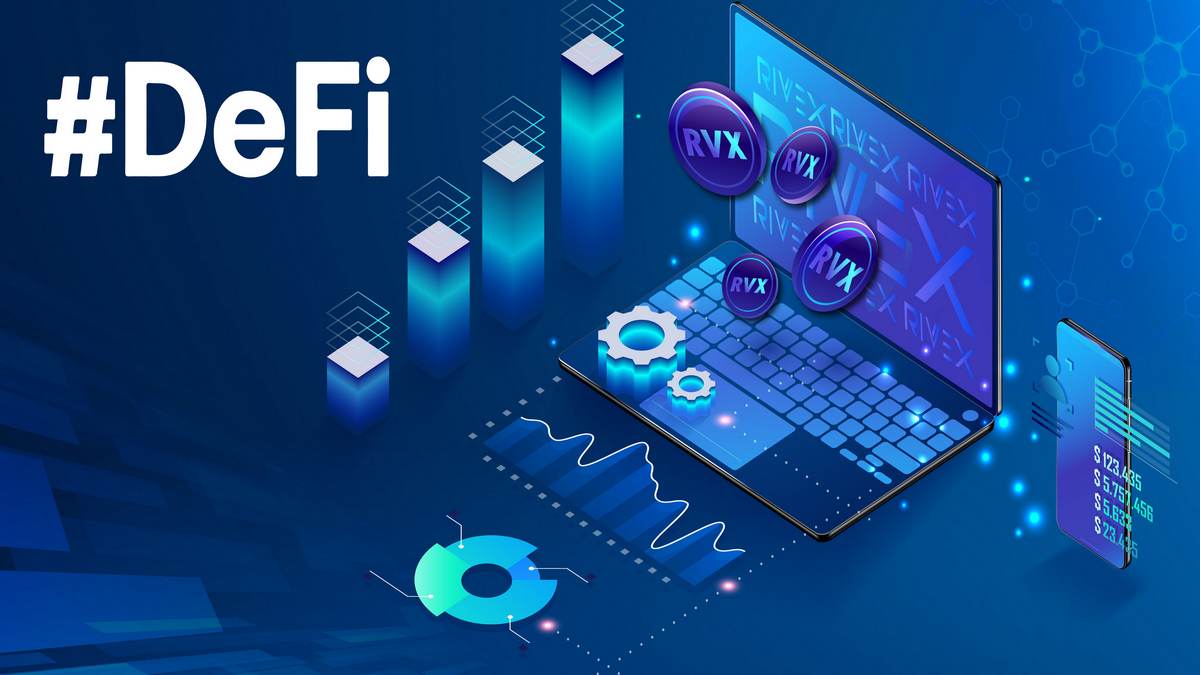
Cryptocurrencies and Non-Fungible Tokens (NFTs) have emerged as two significant innovations in the digital economy, both built on blockchain technology. While they share some similarities, they possess distinct characteristics and serve different purposes.
Cryptocurrencies are digital or virtual currencies that use cryptography for security and operate on decentralized networks, such as Bitcoin and Ethereum. They are designed to facilitate transactions, store value, and serve as a unit of account in the digital world.
NFTs, on the other hand, are unique digital tokens that represent ownership of a specific piece of digital content, such as art, music, or collectibles. Unlike cryptocurrencies, NFTs are non-fungible, meaning each token is unique and cannot be exchanged on a one-to-one basis with another token.
In this comparison, we will explore the key differences between cryptocurrencies and NFTs, their use cases, and the risks associated with each.
What are cryptocurrencies?
Cryptocurrency is a form of digital currency, created and stored electronically. Cryptocurrencies are not printed or minted like traditional fiat money, but instead exist only as electronic records of transactions on public ledgers known as blockchains.
Crypto is a digital currency that uses cryptography to secure transactions and control the creation of new coins. Cryptocurrencies are not backed by any government or central bank; instead they work through a process called mining where people use high-powered computers (known as “miners”) to solve complex mathematical problems in order to verify transactions on the blockchain network.
What is an NFT?
NFTs are digital assets that can be transferred or traded on the blockchain. They have their own unique identifier and can be used to represent physical objects, events or ideas. An NFT is non-fungible if it’s not interchangeable with another asset of the same type (i.e., two identical cars). Because of this feature, NFTs are much more flexible than standard cryptocurrencies such as Bitcoin or Ethereum.
An NFT, or Non-Fungible Token, is a digital asset that represents unique digital content, such as art, music, in-game items, and videos. NFTs are linked to the blockchain, the digital database underpinning cryptocurrencies like Bitcoin and Ethereum. Each NFT has a unique identification code and metadata that distinguishes it from other tokens, thereby creating scarcity and enabling traceable digital ownership.
What is the advantage of NFT and crypto?
NFTs and cryptocurrencies offer unique advantages in the digital asset space. NFTs provide benefits such as indivisibility, uniqueness, provenance, transparency, and rarity. They help improve market efficiency by converting physical products into digital assets, which can improve supply chains, reduce intermediaries, and increase security.
NFTs can also be used to represent ownership of digital and physical assets, making them an attractive option for creators and collectors.
Cryptocurrencies, on the other hand, are known for their quick and easy money transfers, secure transactions, and decentralized management. They offer an alternative to traditional fiat currencies and can facilitate global transactions with lower fees and faster processing times.
NFTs provide a unique way to represent and trade digital assets with verifiable ownership and rarity, while cryptocurrencies offer a decentralized and secure means of transferring value.
How is NFT related to crypto?
NFTs and cryptocurrencies are related as they both utilize blockchain technology for recording and trading digital assets. Both NFTs and crypto transactions are tracked on a blockchain, which is a living, peer-to-peer digital ledger that’s overseen by a system of computers working together to verify information and create new blocks of information.
While cryptocurrencies are fungible and used as a medium of exchange, NFTs are non-fungible tokens that represent unique digital assets with verifiable ownership and rarity. NFTs are popularly associated with digital artworks, where they act as digital certificates of ownership.
The relationship between NFTs and cryptocurrencies lies in their shared use of blockchain technology for secure and transparent transactions, while they differ in their applications and the nature of the assets they represent.
Differences Between Crypto and NFT
Cryptocurrencies and NFTs differ in several aspects. The primary difference is their fungibility: cryptocurrencies are fungible, meaning they are mutually interchangeable, while NFTs are unique and non-fungible, with each token having a distinct value. Another difference is how they are brought into circulation: cryptocurrencies are “mined,” whereas NFTs are “minted”.
Cryptocurrencies are digital assets designed to work as a medium of exchange, with popular examples being Bitcoin and Ethereum. In contrast, NFTs represent unique digital assets with verifiable ownership and rarity, often associated with digital artworks, collectibles, and virtual goods.
Cryptocurrencies and NFTs differ mainly in their fungibility, circulation methods, and the types of assets they represent. Both utilize blockchain technology for secure and transparent transactions
Do you use cryptocurrency to buy NFTs?
You can use cryptocurrencies to buy NFTs, as most NFT marketplaces accept popular cryptocurrencies like Ethereum (ETH) and sometimes stablecoins like Tether (USDT) for transactions. The USDT price, which is pegged to the US dollar, can provide a more stable option for purchasing NFTs compared to other cryptocurrencies with higher price volatility.
To buy an NFT using cryptocurrency, you typically need to set up a digital wallet, fund it with the desired cryptocurrency, and then connect the wallet to an NFT marketplace. Once connected, you can browse and purchase NFTs using the cryptocurrency in your wallet.
Platforms That Use NFT and Crypto
Several platforms use NFTs and cryptocurrencies, allowing users to buy, sell, trade, and create digital assets. Some of these platforms include:
OpenSea: The world’s first and largest digital marketplace for crypto collectibles and non-fungible tokens (NFTs). Users can buy, sell, and discover exclusive digital items on this platform.
Rarible: A multi NFT marketplace that allows users to create, buy, and sell digital assets, including digital art and collectibles.
Nifty Gateway: A popular NFT art platform that offers digital art and collectibles from top artists and brands.
NBA Top Shot: A native marketplace for NBA fans to buy, sell, and trade officially licensed NBA collectible highlights.
SuperRare: An Ethereum-based NFT marketplace and Decentralized Autonomous Organization (DAO) that focuses on digital art and collectibles.
These platforms facilitate the trading and creation of NFTs using cryptocurrencies like Ethereum for transactions.
Risks of NFT and Cryptocurrency
There are several risks associated with NFTs and cryptocurrencies that potential investors and users should be aware of:
Market volatility: Both NFTs and cryptocurrencies, such as Bitcoin, are subject to extreme price fluctuations. For example, the Bitcoin price has experienced significant ups and downs over the years, which can lead to considerable losses for investors.
Lack of regulation: The regulatory landscape for cryptocurrencies and NFTs is still developing, and the lack of clear regulations can lead to uncertainty and potential legal issues.
Liquidity: NFTs are unique and often have a limited market, which can make it difficult to sell or trade them quickly, especially if there is a lack of demand.
Copyright and intellectual property: Ownership of an NFT does not automatically grant the buyer copyright or intellectual property rights to the underlying asset, which can lead to legal disputes and ownership issues.
Fraud and scams: As with any emerging technology, there are bad actors looking to take advantage of the hype surrounding NFTs and cryptocurrencies, leading to fraudulent transactions and scams.
Environmental concerns: The energy consumption associated with blockchain technology, particularly for cryptocurrencies like Bitcoin, has raised concerns about the environmental impact of these assets. Bitcoin BTC price growth can exacerbate these concerns as mining activity increases.
Technology risks: The reliance on blockchain technology exposes both NFTs and cryptocurrencies to potential technological vulnerabilities, such as hacks or software bugs.
Before investing in NFTs or cryptocurrencies, it’s essential to understand these risks and carefully consider your risk tolerance and investment goals.
Conclusion
While both cryptocurrencies and NFTs are built on blockchain technology, they serve different purposes. Cryptocurrencies facilitate transactions, while NFTs enable the creation and trading of unique digital assets with verifiable ownership and provenance. The combination of these two technologies has led to the emergence of new markets, platforms, and opportunities in the digital economy.
However, it’s essential to be aware of the risks associated with both cryptocurrencies and NFTs, such as market volatility, lack of regulation, liquidity issues, and potential fraud. As with any investment, individuals should carefully consider their risk tolerance and investment goals before participating in these markets.



